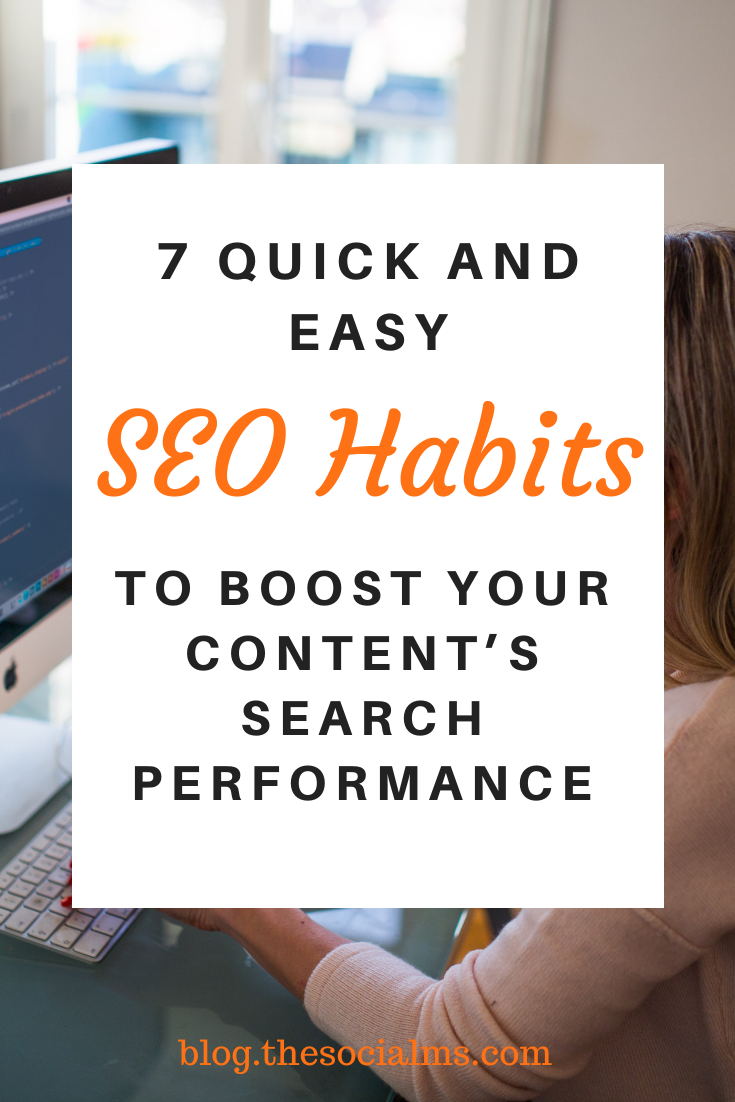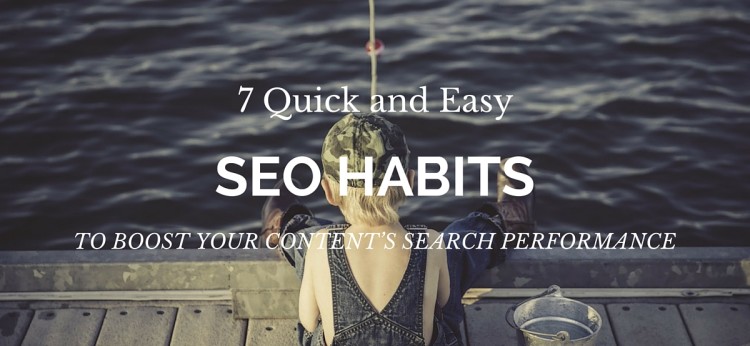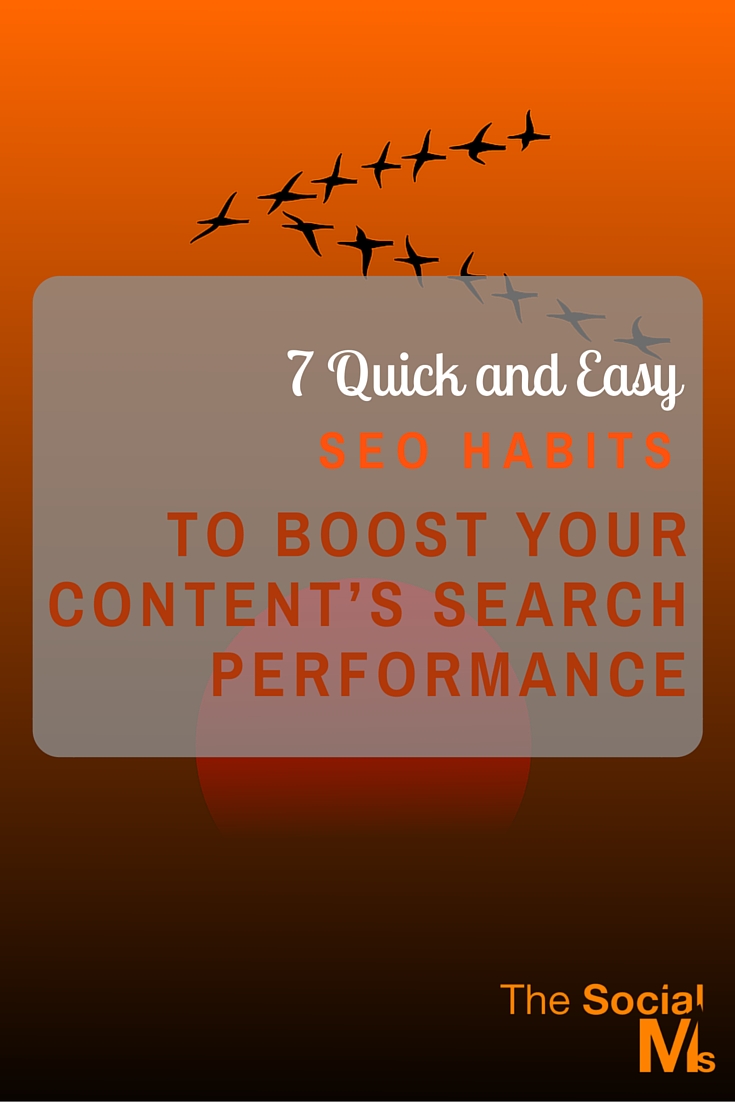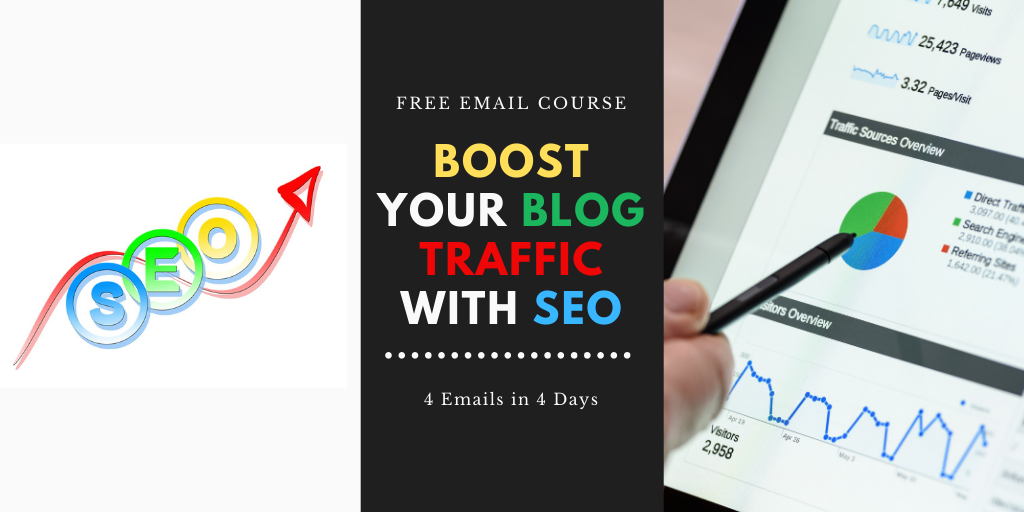The following is a guest post by Kiera Abbamonte. Kiera Abbamonte is the Content Marketing Specialist for Grasshopper. She loves a good New England fall and finding new ways to make content awesome. Catch up with her on Twitter @kieraabbamonte.
For writers, small business owners, and pretty much everyone who doesn’t revel in a sea of data, search engine optimization can be a dark and scary idea. Google’s algorithm is constantly changing and shrouded in relative mystery.
But improving your content’s SEO doesn’t have to mean endless spreadsheets or jumping through hoops. There are some quick and easy steps you can take that will have a positive impact on your content rankings without a ton of hassle.
Here are seven painless steps for your content creation process that will up your SEO performance.
Before you read on - we have various resources that show you exactly how to use social networks to gain massive traffic and leads. For instance, check out the following:
FREE Step-by-Step Twitter Marketing GuideFREE Pinterest Marketing Ebook
1. Audience-source Content Topics
Top performing content is written with the audience in mind. That means the best way to impress search engines is to wow users. If you know your audience, you can probably guesstimate what topics will resonate well with them. But why not take it straight from the horse’s mouth?
Going right to the source for content generation helps ensure that blog posts, long-form guides, and whatever else you create will be well received. The more traffic and engagement a piece gets from your direct audience, the more valuable and relevant it will look to Google.
2. Choose a Target Keyword Before You Start Writing
Gone are the days when keyword stuffing (using a keyword fifty times on the page) was an effective SEO tactic, but that doesn’t mean you can ignore keywords altogether. Choosing a specific keyword or phrase to focus on before ever setting pen to paper will help you stay on track.
Doing a few minutes’ worth of research in Google Trends or Moz can help you decide which keywords to target. If you’re writing about “search engine marketing” but users are looking for “search engine optimization,” you can use that information to connect your writing with what people are actually searching for.
Learn more about how to find keywords that you have a chance to rank for here.
3. Research Top Results for Your Keyword
I know what you’re thinking — Research? That doesn’t sound quick or easy. But bear with me. Once you’ve decided on a keyword to target, searching that keyword and checking out the top 3 results can make a huge difference in what your final product looks like.
If they’re ranking near the top, that means these pieces of content have what Google is searching for (excuse the pun). Taking a look at what that is will inform your content — and you can find opportunities to improve upon what they have. Meaning your piece will be more complete, and more likely to rank above those currently at the top.
 Note from Susanna: If you are looking for a simple tool to do your basic keyword research, check out Ubersuggest. It’s free and easy to use.
Note from Susanna: If you are looking for a simple tool to do your basic keyword research, check out Ubersuggest. It’s free and easy to use.
Hey, before you read on - we have in various FREE in-depth guides on similar topics that you can download. For this post, check out:
FREE workbook: CREATE AWESOME BLOG POSTSFREE Beginner's Guide: START A BLOG
4. Include Visuals
There’s nothing more exciting than reading 1000 words in one, endless block of text… Kidding. Including at least one visual — image, video, graph, etc. — in each piece will make your content more engaging for the reader.
Images also help your SEO more directly through alt text. Since Google still can’t really see visuals, alt text is a map telling search engines what an image is. Adding relevant alt text to all of your visuals will make them even more valuable for SEO.
Learn more about how to optimize your images for SEO here.
5. A/B Test Headlines
The headline of your articles, blog posts, guides, etc. shows up in about a million different places. Great headlines are catchy, include the keyword you’re targeting, and accurately convey what the content is about. A good headline equals more clicks everywhere, including on your search result.
Since it’s a huge factor in whether or not someone clicks on your content, A/B testing is worthwhile to determine the specifics of what makes a good headline for your target audience. You can test a few things — like including a number, putting the keyword up front, and length — that will inform headline creation for all of your content.
Do you know how you can create better headlines that will get you more clicks AND shares on social media? Learn how to come up with the best headline here.
6. Use Responsive Design
If your website and content aren’t mobile-responsive, you’re already behind. Mobile surfing is quickly overtaking desktop — and that’s been reflected in Google’s algorithm, giving preference to mobile-friendly sites.
Depending on where your website or blog is hosted, using responsive design may be as simple as choosing a mobile-friendly theme, or turning it on in settings. Some elements, like photos and headings, can get distorted on smaller screens, so it’s worthwhile to double-check how your content looks on mobile before publishing it.
7. Optimize Your Site for Speed
Speed and load time are really big factors for both users and search engines. 47% of users expect pages to load within 2 seconds, so a slow website will lead to a lot of bounces and low search ranking.
That’s why you should be auditing your site for speed, and regularly. Anything you can do to improve load time — like compressing images, limiting the amount of info on a page, etc. — will boost your SEO.
Do you know why page speed is so important?
Get In the Habit
Quality search engine marketing and getting your content to rank well in search results doesn’t have to be a hassle or a huge time commitment. By taking a few extra minutes to complete the steps outlined above, you can improve search performance and get more eyeballs on your content.
(if you are looking for more easy SEO hacks, check out this article.)
Are you struggling with your SEO? Do you think you have done so much but somehow your blog traffic from Google search is stagnating? Do you need some help with setting up your blog for SEO? Are you not sure how to build links to your blog?
We have got you covered!
We created a free email course about SEO for your blog – or SEO with a blog. Join today for 4 days and 4 emails and learn about on-page SEO, Google Ranking factors, link building tactics and how to find keywords even you can rank for. Join our (free) email course about Blog SEO today!







